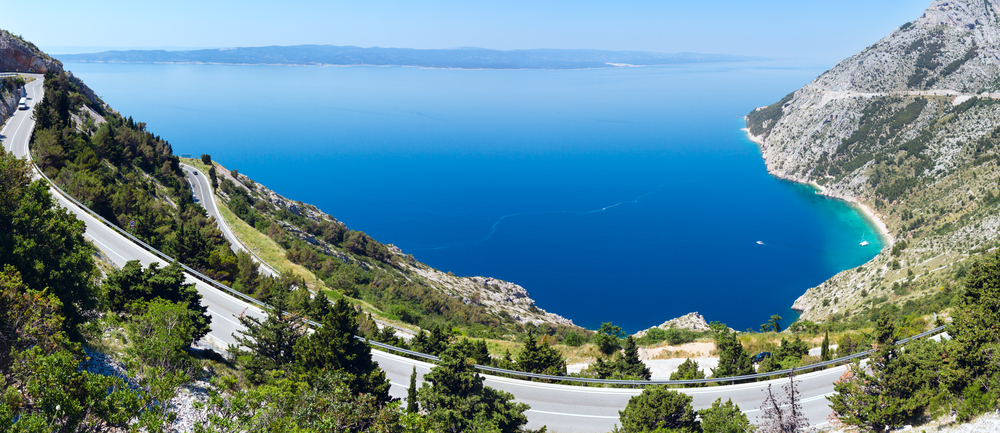The Adriatic Highway, one of the most beautiful roads that changed Croatia
After the Second World War, most of the towns and cities on the Adriatic coast in Croatia were connected only by sea. What was lacking was a solid road link.
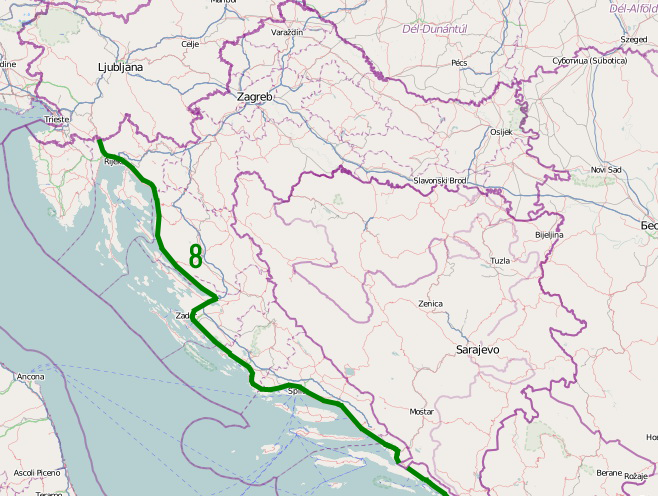
During the Second World War, the construction of the Adriatic Highway was already begun, and it lasted until 1965. This road stretches from the Slovenian coast in the north all the way to the south of Montenegro. The total length is 1006 km, the majority of which – 818 km – runs over the territory of Croatia. Today, the Adriatic Highway is mostly made up of state road D8, with smaller parts in Istria made up of roads D66 and D75.
The design for the Adriatic Highway was made by the Engineering Institute from Zagreb. The main idea during the designing stage was to connect as many coastal towns and cities as possible with the lowest possible costs. The basic characteristics of the road are roadway width from 8 to 8.5 m and maximum gradients of 5-6%.
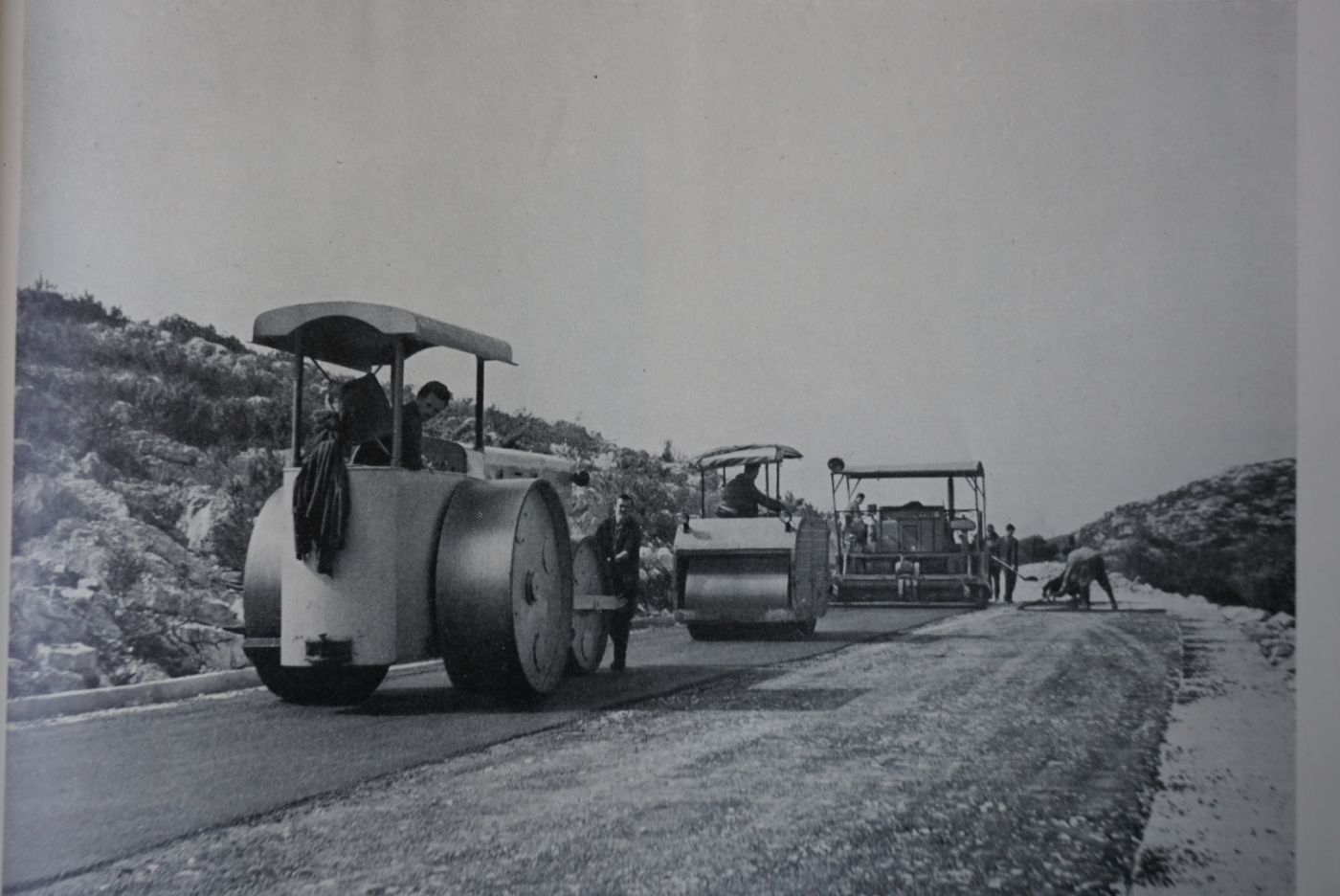
The importance of this project is clearly illustrated by the fact that over 10,000 workers and almost 300 engineers and technicians were engaged during construction. In total, over 6 million cubic meters of material were excavated, mostly by blasting, and over two thousand tons of explosives were used for this purpose. The army also participated in the construction. The Bistrine Bridge near Ston, 482 meters long, was built in just 10 months, setting a world record.
Along the route, 26 bridges spanning lengths between 5 and 20 meters and 13 bridges over 50 meters long were built. The bridges with a length between 30 and 600 meters have a total length of 3734 meters.
One interesting fact about this road is that the oil giant Shell offered to finance the construction of the entire Adriatic Highway on the condition of obtaining a twenty-year concession for the collection of tolls and a monopoly over gas stations along the entire Adriatic coast.
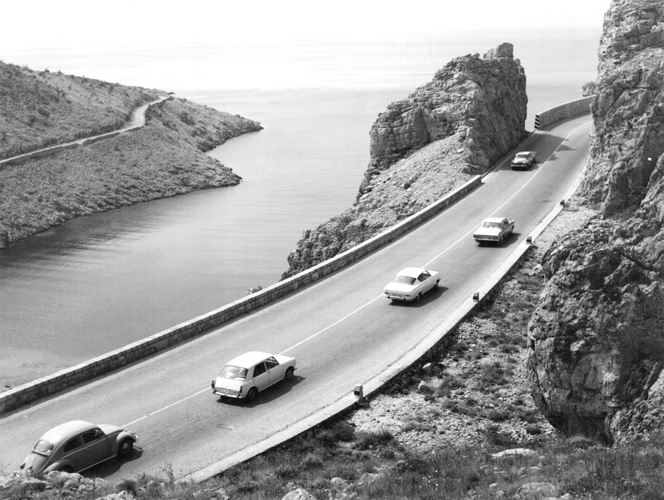
After the finished Adriatic highway was opened in a ceremony on May 30, 1965, the rapid development of the entire Croatian coast began. Large numbers of foreign and domestic tourists started coming to the coast, driving mostly on the Adriatic Highway. Many rest stops, houses, holiday houses, hotels, motels, and even whole new towns started to be built along the highway. The presence of the highway also facilitated mass migrations of the population from the hinterland of Dalmatia towards the coast in search of work.
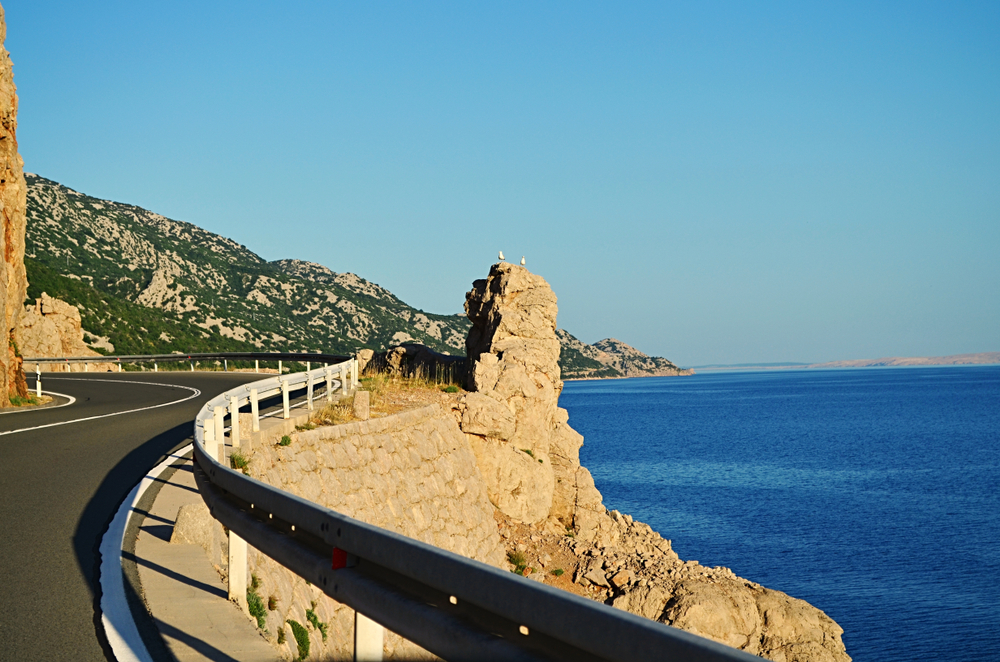
When “the Dalmatina”, the A1 highway, was built, the Adriatic Highway lost significant traffic, which moved to the more modern and faster new highway. Once the main link for the entire Adriatic coast, it then became a road for driving enthusiasts.
Motorists and motorcyclists from all over the world declared it one of the 10 most beautiful roads in the world. With this prestigious title comes a dark side: the Adriatic Highway is among the most dangerous roads in the world. It has many extremely sharp turns and deadly cliffs at its foot.
This year, a new section was added to the Adriatic Highway: the Pelješki most bridge. This is the largest Croatian infrastructure project that has finally linked all of Croatia, the mainland and the islands, and enabled a road link between the Dubrovnik coast and the rest of the country.
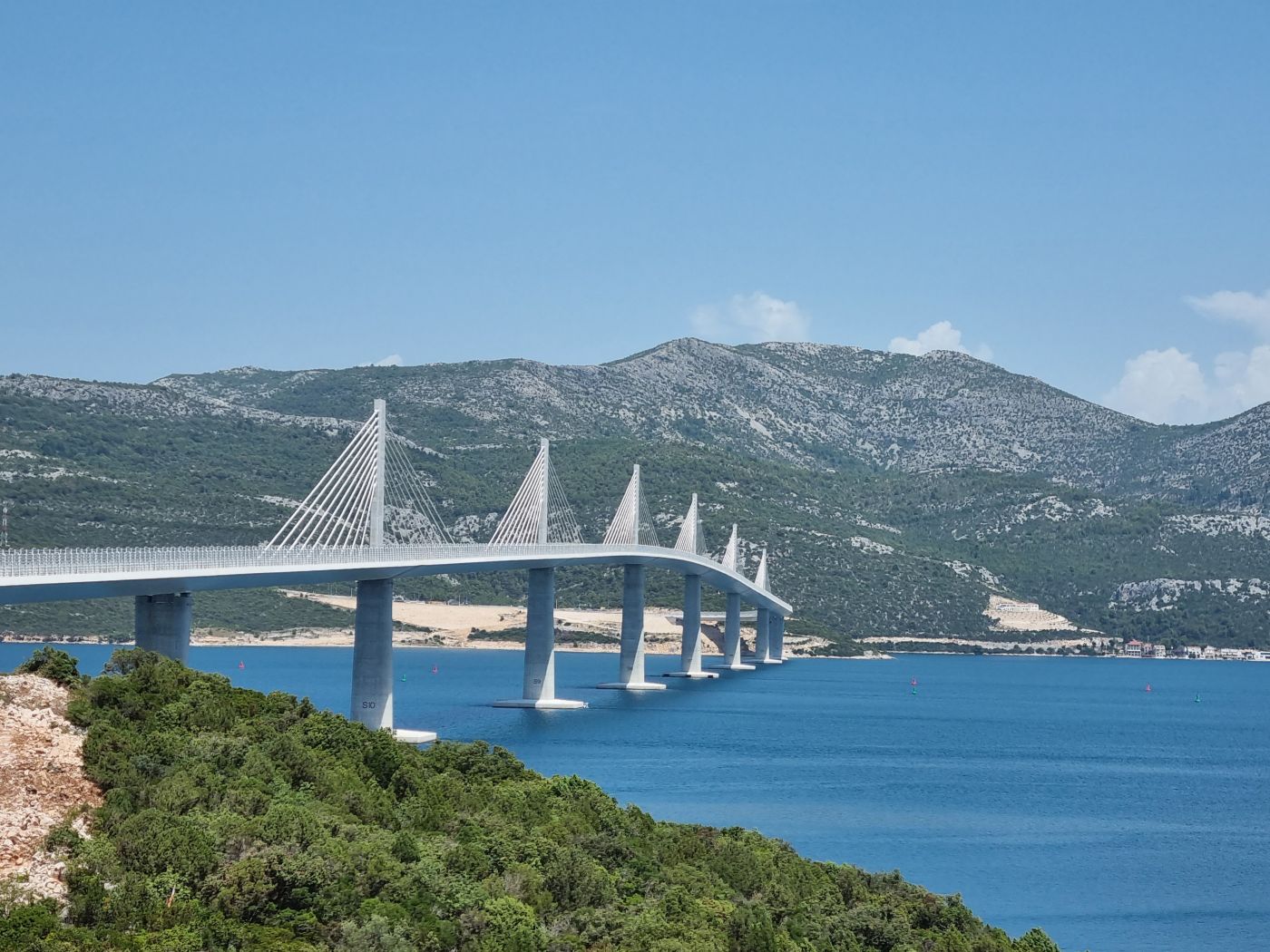
Read more: Professional excursion to Pelješac
